The Importance of Two-Factor Authentication: Safeguarding Your Online Presence
Overview:
In today's digital age, protecting your online accounts is more critical than ever. Two-factor authentication (2FA) is a powerful tool that adds an extra layer of security beyond just a password. This article explores why 2FA is essential, how it works, and why you should enable it for all your accounts.
What is Two-Factor Authentication?
Two-factor authentication, or 2FA, is a security measure that requires two forms of identification to access an account. Typically, this involves something you know (like a password) MASKED something you have (like a smartphone or a hardware token). By requiring both, 2FA makes it much harder for unauthorized users to gain access to your accounts, even if they have your password.
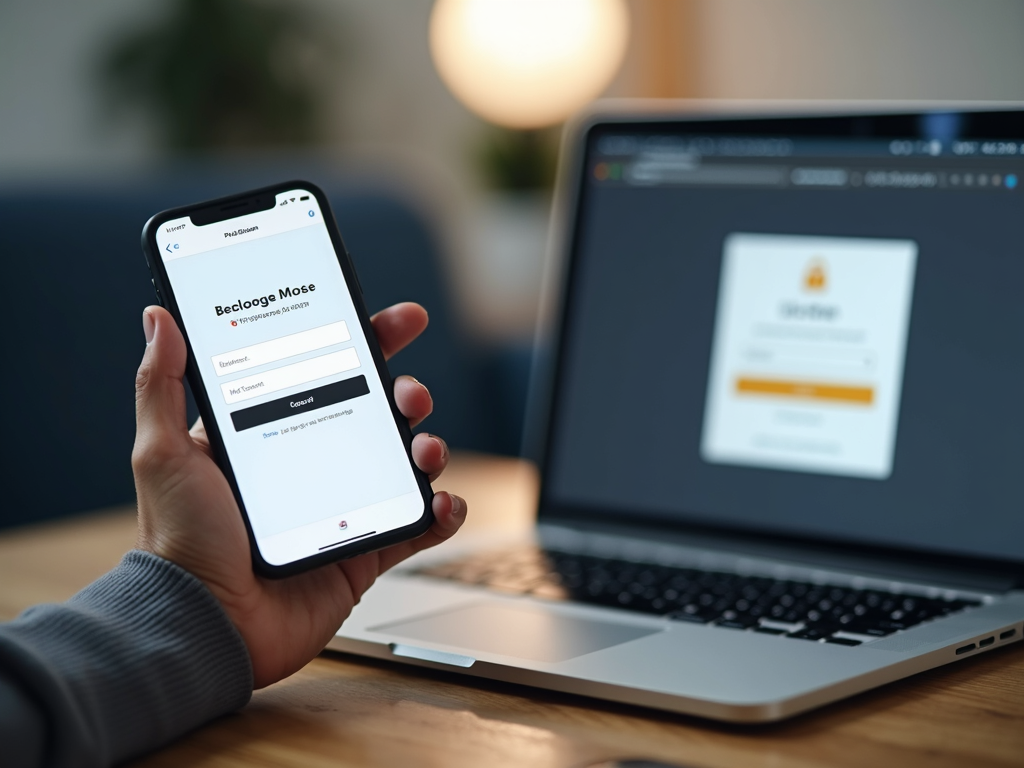
Why is 2FA Important?
Imagine this scenario: You use the same password for multiple accounts, and one of those accounts gets hacked. If the hacker tries to use that password on your other accounts, they might succeed if you don't have 2FA enabled. But with 2FA, even if they have your password, they won't be able to access your account without the second factor, like a code sent to your phone.
This is just one example of why 2FA is crucial. According to a study by Google, enabling 2FA can block up to 100% of automated bot attacks and 99% of bulk phishing attacks. That's a significant increase in security!
Types of 2FA Methods
There are several types of 2FA methods, each with its own strengths and weaknesses:
-
SMS Codes: This is one of the most common methods. When you log in, a code is sent to your phone via text message, which you then enter to complete the login process. While convenient, SMS codes can be vulnerable to SIM swapping attacks, where a hacker takes control of your phone number.
-
Authenticator Apps: Apps like Google Authenticator or Authy generate time-based codes that you enter during login. These apps are more secure than SMS codes because they don't rely on your phone number.
-
Hardware Tokens: These are physical devices that generate codes or use biometrics to authenticate. They are highly secure but can be less convenient to carry around.
-
Push Notifications: Some services send a push notification to your device, asking you to approve the login attempt. This method is user-friendly but requires a stable internet connection.
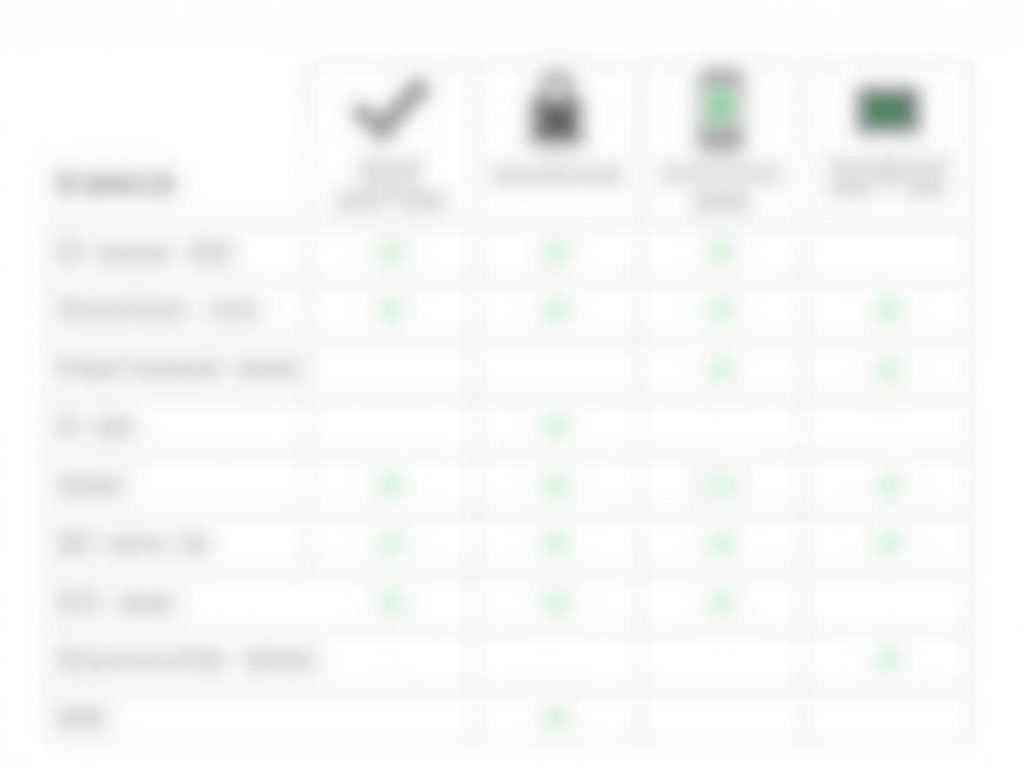
Choosing the Right 2FA Method
When selecting a 2FA method, consider your security needs and convenience. For most users, an authenticator app is a good balance of security and ease of use. If you handle sensitive information, you might opt for a hardware token for added security.
Implementing 2FA: Tips and Best Practices
-
Enable 2FA on All Accounts: Start with your most critical accounts, like email, banking, and social media, and then enable it on others.
-
Use a Strong Password: 2FA is an additional layer of security, not a replacement for a strong password.
-
Backup Codes: Many services provide backup codes in case you lose access to your 2FA method. Store these codes securely.
-
Regularly Review Security Settings: Check your account settings periodically to ensure 2FA is still enabled and update your methods if needed.
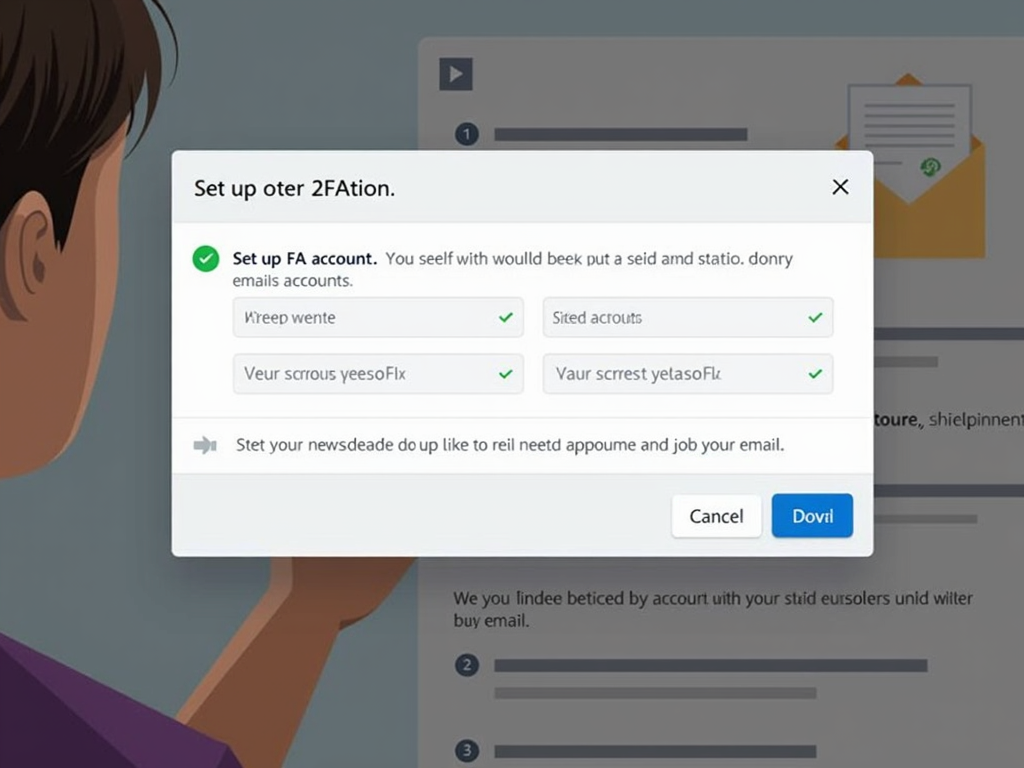
2FA and Other Privacy Tools
While 2FA is a crucial privacy tool, it's not the only one. Tools like secure browsers can also enhance your online privacy. For example, Firefox Focus and DuckDuckGo are both designed to protect your privacy while browsing. Firefox Focus blocks trackers and deletes your browsing history automatically, while DuckDuckGo offers a private search engine and browser with built-in privacy features.
In a comparison of Firefox Focus vs DuckDuckGo, both browsers prioritize privacy, but they have different features. Firefox Focus is more minimalistic, focusing on blocking trackers, while DuckDuckGo offers additional features like a privacy grade for websites. Ultimately, the choice depends on your specific needs and preferences.
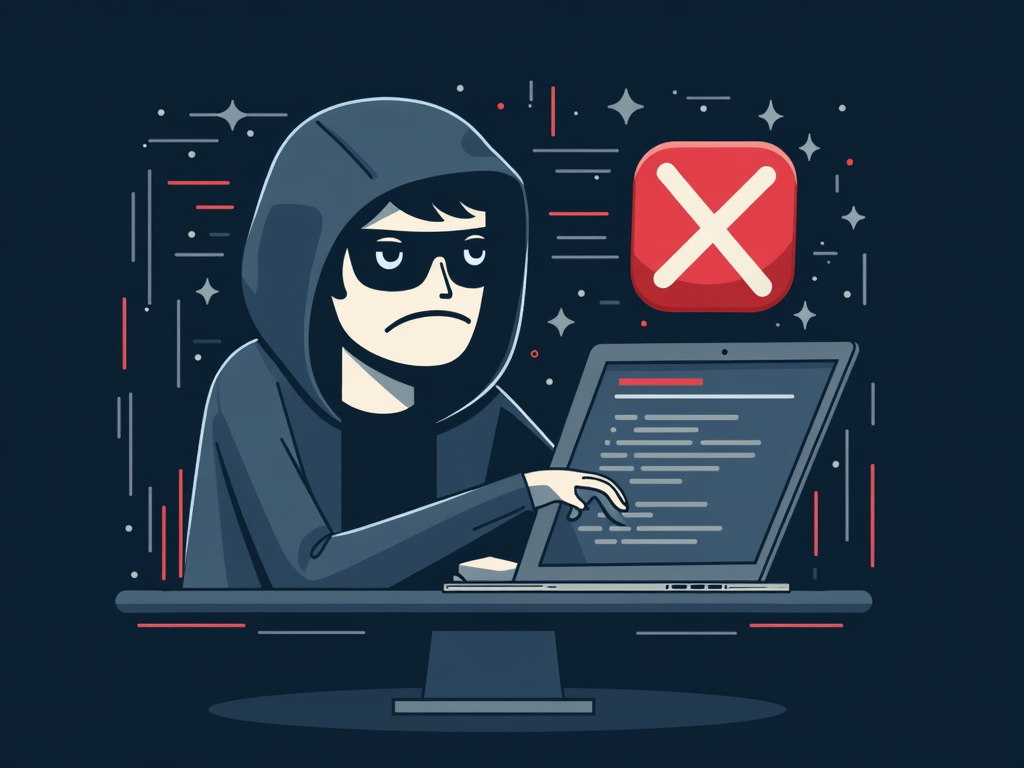
The Future of 2FA
As technology evolves, so does the landscape of online security. New methods of authentication, like biometrics and passwordless logins, are becoming more common. However, 2FA remains a fundamental security measure that everyone should use.
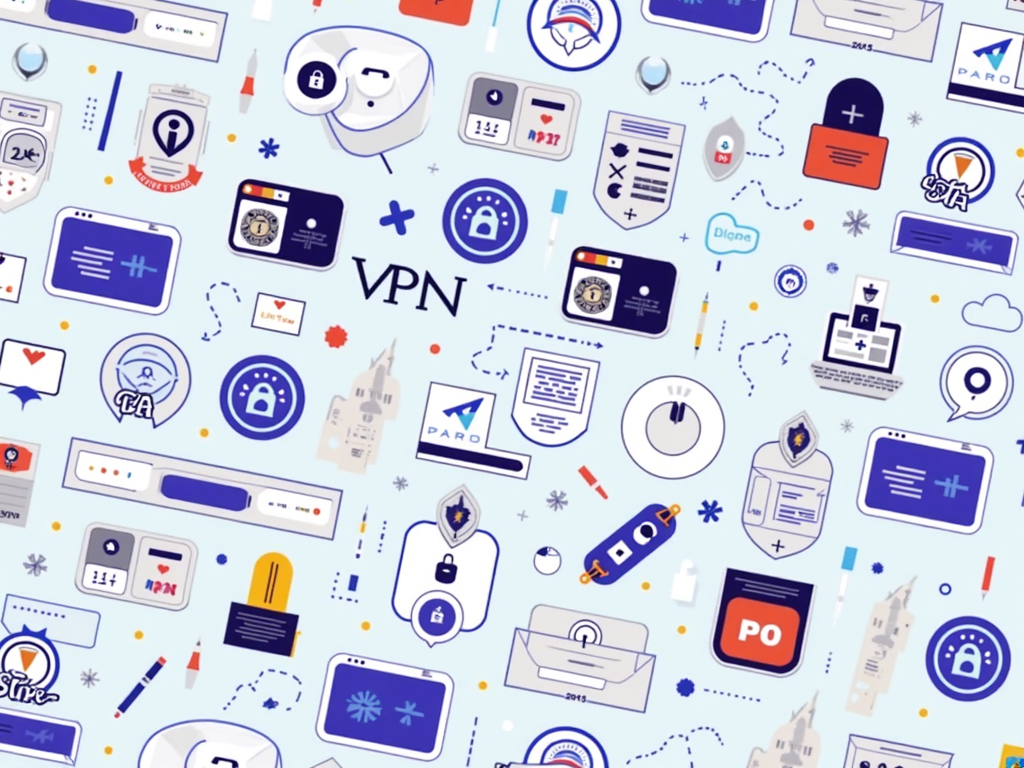
Summary:
Two-factor authentication is a simple yet powerful way to protect your online accounts. By requiring two forms of identification, it significantly reduces the risk of unauthorized access. Whether you choose SMS codes, authenticator apps, or hardware tokens, enabling 2FA is a crucial step in safeguarding your digital life.